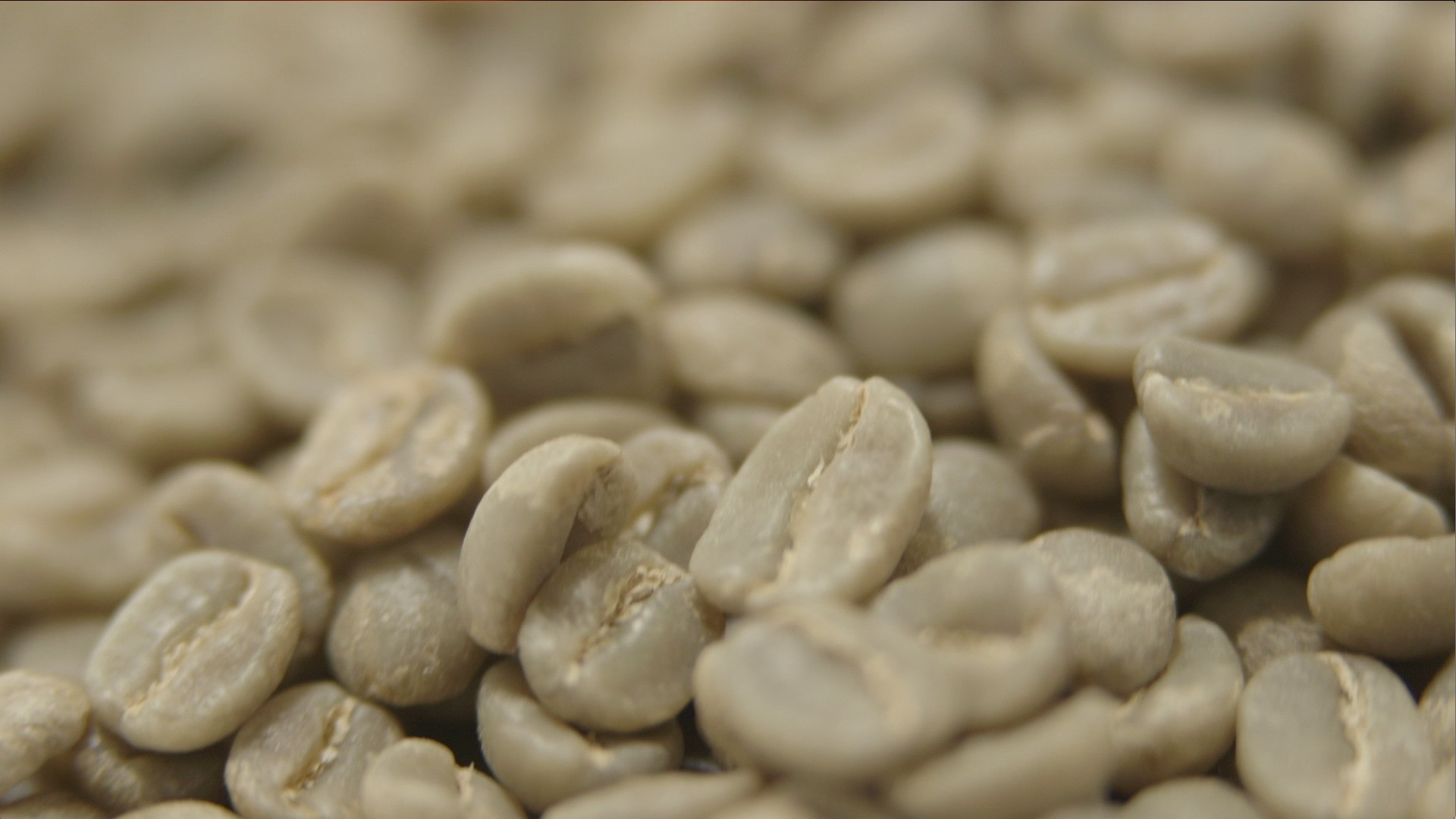Studio Firma/Stocksy
When you're passing around a joint or blunt—say at dinner or a watch party—have you thought about what else is going around in the rotation besides the weed? Think about it, what's keeping the joint together? Saliva.A 2014 study on kissing-related spit swapping indicates that the oral cavity harbors approximately a total of 700 different, mostly anaerobic species (we're talking bacteria, fungi, protists, and viruses). Although there are antibodies in saliva that help kill off the pathogens that make us sick, Philip Tierno, clinical professor of microbiology and pathology at the NYU School of Medicine, explains that 80 percent of all infectious disease is transmitted by direct and indirect contact—think: touching a doorknob, then your eyes. (The other 20 percent are from contaminated food or water, insects/mosquitos, or are airborne.) Sharing marijuana falls under direct contact.When you share marijuana cigarettes—spliffs, joints, blunts, and whatnot—you're theoretically tongue kissing the person who rolled it up, in addition to everyone else in the cypher. It might as well be a game of spin the bottle. So, essentially, the things you can catch from kissing, you can catch from smoking. Tierno says sharing a blunt exposes you to potentially contracting the flu, Herpes Simplex Virus 1, strep throat, Staphylococcus infections, mononucleosis, meningitis, and the gastrointestinal assassin itself: norovirus, aka the stomach flu.If I remember 9th grade biology correctly (honors, thank you very much), germs need warm, moist environments to thrive outside of the body, so how can so many pathogens stay alive on the blunt everyone is passing? "Humidity in the air can be sufficient moisture" to keep viruses alive, Tierno explains. Germs are a lot more hearty than we think. It also depends on the physiology of the virus itself, he says. "It can survive for months if the organism has an outer capsule. If it's indoors where there is no direct UV light, staph can live for months." This is the stuff of nightmares for germaphobes. Thankfully Tierno adds that "if it's exposed to UV light it can die in a minute."
More from Tonic:
While heat isn't nearly the same as UV light, is there truth to the myth that the flame from the lighter creates enough heat to annihilate any bacteria or viruses? Long-time smokers and frat boys swear by it.Chelsea Mitchell, 23, has been smoking socially since she was 18 years old, on average twice a week, and has seen fellow smokers use this method as a way to "burn off" the bacteria. The theory gets a hard 'no' from Tierno. The heat from the lighter isn't enough to kill off all the organisms throughout the entire joint. "The flame of the lighter at the tip of the joint, will kill anything in the inferno," he explains, "but not at the other end [of the joint] that goes in mouth—it's still wet."The only way this virus-eviction method would work is if the joint is left in a dry place for months after the lighter flame has been run over the length of the joint. But let's be real—we can't wait months. Dry weed sucks, plus Trump is in these streets threatening to repeal our healthcare and propel us to war. We need this hit to cope with life and we need it now.I feel your pain, germaphobic stoners, and I'm determined to figure out how to get you high as a hypochondriac. Besides using honey as an adhesive on the rolling paper to keep the sticky icky in place, or this really complex method of holding the L that takes way too much concentration even while sober, I suggest you guys just go with bongs. You can wipe down the portion of the bong everyone puts on their mouth on between hits, which I assumed is more hygienic.Unfortunately though, even that can turn a good high into a trip to the pharmacy. "If anyone is using their lips on a common device [eg a bong] that's what gets them sick," Tierno says. "If it's one person, it's okay, if multiple people are blowing into the device you have a connection." This connection is what increases the risk of potentially catching an illness like mono, the flu, or oral herpes.But realistically, if you're sharing weed, what are the odds of catching something vicious? Since most marijuana smokers share their joints, it seems like a lot more people should be walking around sneezing.Tierno says it depends on who you're breaking bud with. "If the person is not sick, there will not be a consequence," he says. "Your own organisms in your mouth—your normal oral cavity—will overcome whatever is introduced there." Most marijuana smokers like Layla Jay, 27, don't smoke with people they're not familiar with. "I am very discriminative about sharing spliffs. It depends on who rolls it and if I'm [around] to see how they are doing it," she says. Sharing with people who you know aren't housing something contagious could indeed help protect you when you're enjoying the herb.So next time you're ready to spark up socially, choose your smoking partners with Drake in mind: no new friends.Correction: A previous version of this article incorrectly states that 20 percent of infectious disease transmission is airborne. The 20 percent of infectious disease are spread through contaminated food or water, insects/mosquitos, or airborne bacteria or viruses.Read This Next: What Mixing Weed and Alcohol Does to Your Mind
Advertisement
More from Tonic:

While heat isn't nearly the same as UV light, is there truth to the myth that the flame from the lighter creates enough heat to annihilate any bacteria or viruses? Long-time smokers and frat boys swear by it.
Advertisement
Advertisement
